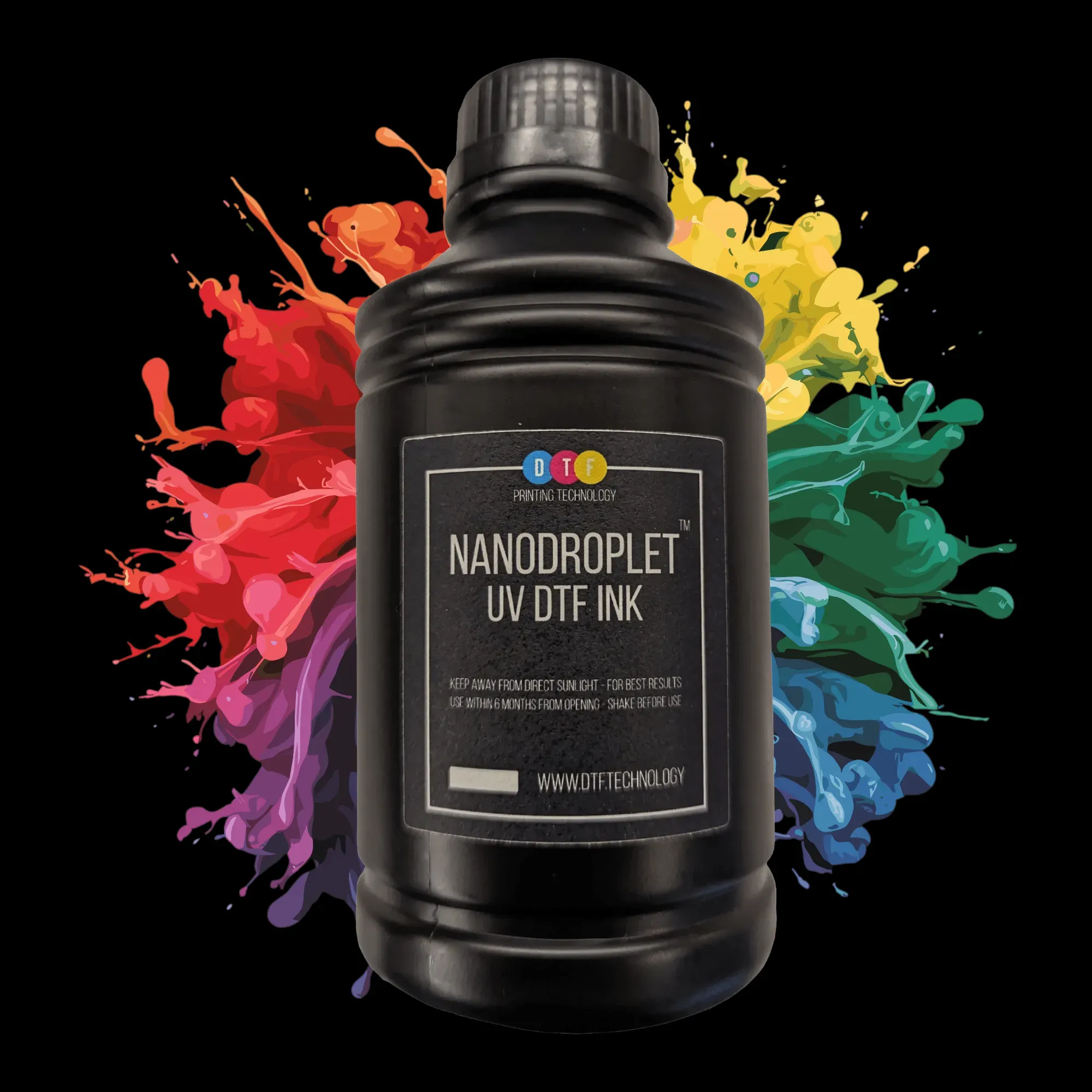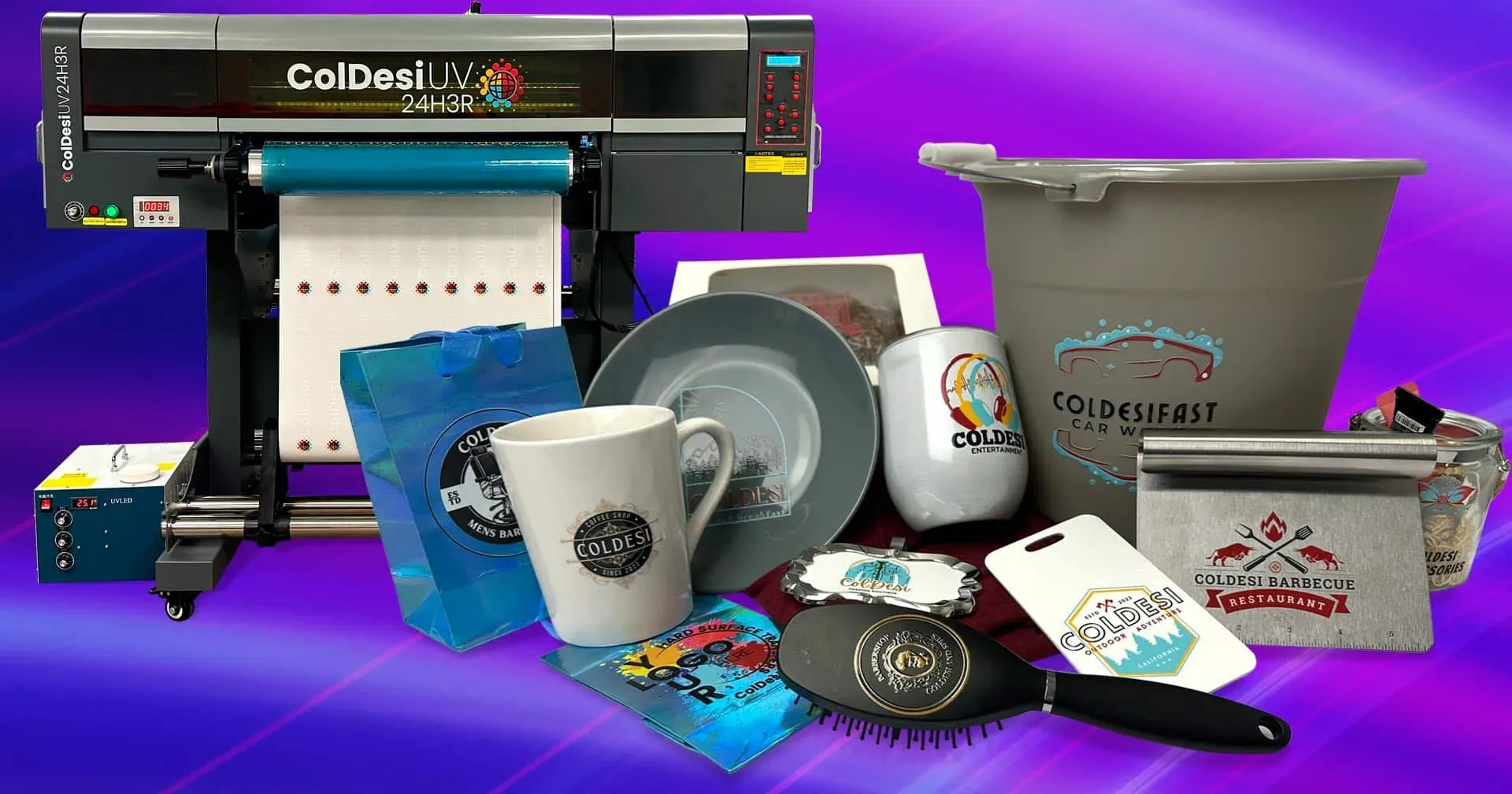High-Quality UV DTF Prints: Secrets to Exceptional Quality
In the realm of modern printing technology, **high-quality UV DTF prints** have emerged as a game changer, seamlessly blending the durability of UV printing technology with the flexibility of direct-to-film processes. This innovative printing technique not only produces vibrant and detailed designs but also ensures long-lasting results that withstand wear and tear. By leveraging advanced UV inks, UV DTF printing offers an exceptional solution for businesses seeking to deliver vivid imagery across a variety of substrates. This article explores the intricate aspects of achieving high-quality prints, including the importance of ink selection, film compatibility, and proper print techniques. Dive in to discover how this printing revolution can elevate your projects to new levels of sophistication and quality.
The cutting-edge world of UV DTF printing, also known as UV Direct-to-Film printing, combines two revolutionary techniques to produce superior print results. This hybrid method distinguishes itself through its use of specialized UV inks that cure rapidly under UV light, resulting in durable and bright visuals. Whether referred to as decorative printing or advanced surface imaging, the essence of UV DTF technology lies in its ability to transfer designs onto a diverse array of materials with remarkable clarity. This discussion will delve into the nuances of this printing process, highlighting its versatility and the critical factors that contribute to achieving exceptional results. By embracing this advanced printing methodology, businesses can adapt to the growing demand for customized high-quality products.
The Advantages of High-Quality UV DTF Prints
High-quality UV Direct-to-Film (DTF) prints come with multiple advantages that set them apart within the printing industry. One significant benefit is their ability to produce vivid colors and intricate details, thanks to the specialized UV inks used in the DTF printing process. These inks are formulated to cure almost instantly under UV light, which enhances color saturation and sharpness. This rapid curing also means that prints can be produced quickly, making UV DTF printing an ideal choice for businesses looking to fulfill urgent orders without compromising on quality.
Another advantage of high-quality UV DTF prints is their exceptional durability. The cured UV inks offer superior resistance to various environmental factors such as scratches, fading, and moisture. This durability makes UV DTF prints suitable for a range of applications, including outdoor signage and promotional materials that require long-lasting visibility. Moreover, as industries increasingly prioritize high-quality prints, the demand for UV DTF printing continues to rise due to its ability to meet rigorous quality standards.
Exploring the UV Printing Technology
UV printing technology has revolutionized the way prints are produced, combining the benefits of traditional printing matrices with advanced digital techniques. The process relies on ultraviolet light to cure or dry the ink as it is applied to the substrate. This immediate curing means that prints are not only vibrant but also ready for use almost immediately after printing. Compared to conventional printing methods that utilize solvents that can take time to dry, UV printing offers enhanced productivity and efficiency.
With innovations in UV printing technology, manufacturers are now capable of achieving superior print quality on a variety of substrates. From textiles and plastics to metals and wood, UV inks adapt easily to different surfaces, allowing for greater versatility. This adaptability enables designers and businesses to expand their creative horizons, producing high-quality prints that can meet the demands of diverse markets. Consequently, UV printing technology is becoming increasingly indispensable in various industries, from art to commercial packaging.
Key Elements for Achieving Quality in DTF Printing Process
The DTF printing process hinges on several key elements that ensure the consistency and quality of the final output. Firstly, selecting high-quality transfer films is crucial. The right film not only enhances the transfer of UV inks but also preserves color fidelity during the transfer process. When paired with premium UV inks, high-quality DTF films can lead to stunning prints that stand out due to their clarity and detail, making them a favored choice in the market.
Another essential element within the DTF printing process is meticulous printer configuration. Printers designed specifically for UV DTF applications often have advanced functionalities that optimize ink usage and enhance print resolution. Proper calibration of the printer can prevent issues such as banding or color discrepancies, which are detrimental to high-quality outputs. Thus investing time and resources in setting up the printer correctly pays off significantly in achieving vivid and detailed prints.
The Role of Pre-treatment and Post-treatment in Print Quality
Pre-treatment plays a vital role in ensuring that prints adhere properly to substrates and achieve their best possible quality. For various materials, applying a pre-treatment solution or primer can enhance ink adhesion, allowing the UV inks to bond effectively. This step is particularly important for non-porous materials like plastics and metals, which may otherwise present challenges during the printing process. By adequately pre-treating the substrates, manufacturers can significantly improve the overall durability of the prints.
Post-treatment techniques, such as applying clear coats, further enhance the longevity and appeal of high-quality UV DTF prints. These coatings can provide additional scratch resistance and protection against harmful UV rays, ensuring that colors remain vibrant for extended periods. The choice between a glossy or matte finish not only impacts the aesthetics of the print but also its functionality across different applications. Understanding and implementing both pre-treatment and post-treatment methods is essential for achieving durable, high-quality prints in the competitive print industry.
Environmental Factors Affecting Print Output
Environmental conditions play a substantial role in the quality of UV DTF prints. Factors such as temperature and humidity can significantly impact the performance of UV inks and the curing process. For example, high humidity levels can interfere with ink adhesion, potentially leading to prints that fade or peel over time. Conversely, low temperatures may slow the curing process, resulting in prints that are not fully bonded to the substrate. Thus, maintaining an optimal printing environment is crucial to ensure consistent output quality.
Moreover, businesses should implement climate control systems to regulate temperature and humidity levels in the printing facility. This consideration not only protects the quality of the prints but also prolongs the lifespan of the printing equipment. Enhanced environmental control ensures that every print produced meets the high standards of quality that customers expect, ultimately impacting customer satisfaction and business reputation in the market.
Future Trends in UV DTF Printing Technology
As the printing industry continues to evolve, UV DTF technology is at the forefront of innovation, with trends leaning towards eco-friendly solutions and advanced ink formulations. Manufacturers are increasingly focusing on developing UV inks that are less harmful to the environment, reducing the reliance on volatile organic compounds (VOCs). This shift towards sustainability not only resonates with market demands but also aligns with global movements aimed at environmental conservation.
Additionally, future trends indicate an increased adoption of automation in UV DTF printing processes. Technologies such as artificial intelligence and robotics promise to streamline operations, enhance accuracy, and minimize human error during printing. These advancements will empower businesses to achieve higher production rates while maintaining quality, allowing them to cater to growing market demands for personalized and high-quality prints. Staying ahead of these trends is essential for businesses looking to thrive in the competitive landscape of UV DTF printing.
Frequently Asked Questions
What are the key advantages of High-Quality UV DTF Prints?
High-quality UV DTF prints leverage the benefits of UV printing technology, offering superior color vibrancy, durability, and versatility. They can adhere to a wide range of substrates, ensuring strong adhesion and resistance to fading and scratches, making them ideal for various applications.
How does the DTF printing process enhance the quality of UV prints?
The DTF printing process complements UV printing by utilizing specialized inks that cure quickly under UV light. This results in high-quality prints with excellent detail and clarity, as well as improved adherence to various surfaces, ensuring long-lasting and visually appealing results.
What role do UV inks play in producing high-quality prints?
UV inks are vital in achieving high-quality UV DTF prints. They cure instantly under UV light, providing excellent color reproduction, long-lasting durability, and reduced drying times. The quality of these inks directly affects the vibrancy and longevity of the printed images.
How can film selection impact the quality of High-Quality UV DTF Prints?
Choosing the right transfer film is crucial for high-quality UV DTF prints. High-quality DTF films facilitate better ink transfer, maintain color fidelity, and ensure clarity. Proper compatibility between the film and UV inks utilized can greatly enhance the final print quality.
What printer configurations are optimal for achieving High-Quality UV DTF Prints?
To achieve high-quality UV DTF prints, it is essential to use printers specifically designed for UV printing technology. These printers should feature high-resolution print heads and precise calibration, allowing for enhanced detail and sharpness in the final output.
What environmental factors should be considered for High-Quality UV DTF Prints?
Environmental conditions, such as humidity and temperature, play a significant role in achieving high-quality UV DTF prints. Maintaining optimal humidity levels and temperatures during the printing process ensures better ink adhesion and adequate curing, resulting in superior print quality.
| Key Points | Details |
|---|---|
| Ink Quality | Premium UV inks enhance color reproduction, adhesion, and durability while curing rapidly. |
| Film Selection | Choosing high-quality transfer films ensures better ink transfer and maintains color fidelity. |
| Printer Configuration | Using specialized printers designed for UV DTF printing maximizes print quality through proper calibration. |
| Treatment Methods | Pre-treatment and post-treatment processes are crucial for enhancing ink adhesion and print durability. |
| Environmental Conditions | Controlling humidity and temperature is essential for ensuring consistent print quality. |
| Market Trends | The rise in demand for UV DTF printing is driven by customization trends across various sectors. |
Summary
High-Quality UV DTF Prints are transforming the landscape of modern printing technology, showcasing vibrant colors and a level of durability that traditional methods often cannot achieve. By focusing on critical factors such as ink quality, the right film selection, proper printer configuration, and adequate treatment methods, businesses can elevate their printing outputs to new levels of excellence. The adaptability of UV DTF printing across various surfaces and the ongoing advancements in technology will continue to drive its popularity. As the market for UV DTF printing expands, it presents businesses with exciting opportunities to meet the growing demand for customizable and high-quality print solutions. Embracing this technology not only enhances the quality of printed products but also ensures a competitive edge in an ever-evolving industry.







